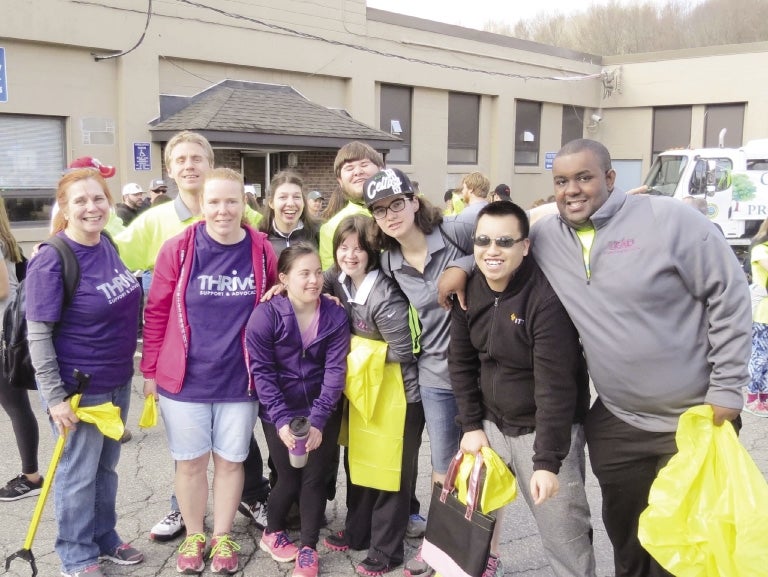The disparity between what human service workers employed by community-based providers get paid and what state employees who hold similar job titles and perform similar work earn is getting worse and poses “an insurmountable challenge” to the in-demand industry, the head of the state’s largest association of community-based human services organizations told lawmakers Monday.
Michael Weekes, president and CEO of the Providers’ Council, said that pay for caretakers who work for community-based organizations still lags far behind that of those who are directly employed by the state despite recent action of the Baker administration to increase benchmark salaries in the space, a dynamic that he said leads to “a two-tier system of care where it becomes nearly impossible to recruit and retain high-quality workers” to help meet the needs of some of the state’s most vulnerable populations.
“The state reported that they’re paying an average weekly wage of $1,274 to state employees in the individual and family services area, while the community-based human services sector reported paying average wages of just $548,” Weekes told the Joint Committee on Children, Families and Persons with Disabilities. “This is a pay gap of more than 130%, which is an insurmountable challenge to our workforce crisis.”
Weekes told the committee that the pay disparity data was “alarming” and that “it seemingly is getting worse.”
The executive director of Pathlight, an organization that serves people with developmental disabilities and autism in western Mass., tried to give lawmakers a sense of what it is like to have the state — the primary purchaser of human services — essentially undercut community-based organizations’ hiring efforts while also asking more of the providers.
“At Pathlight, we run six homes for individuals with complex medical needs. We were the first organization in the state to open up a home in the Springfield area to serve these individuals coming out of the Belchertown State School. Now as we do that, we get calls from the state asking for us to serve people who are in hospitals or not in ideal situations … Now we get calls from the state to serve people because they say they do not have the nursing support in the state-operated homes to serve some of these individuals,” Ruth Banta said. “And that’s a challenge for us because we are losing nurses to the state-operated homes. In the past 18 months, four of our nurses have gone to the state-operated homes. One was our associate director of nursing, who got a 20 percent increase at the state and had less responsibility. And what’s interesting is these nurses still pick up some shifts for us because they still like working for Pathlight but because of the wage disparity, they just can’t afford it.”
Banta said her organization is funded by the state at a rate of $31 per hour for a nurse but the state advertises its own nursing positions as paying between $34 and $57 an hour.
“We just really want the level playing field for wages. We know we’ve got the difference in benefits and all these other things, but to have such wage discrepancies for the very similar work just really puts us at a disadvantage with the state, who are our primary purchaser — They’re our regulators and our competitors.”
Weekes and Banta pitched the committee Monday on a bill (H 237/S 105) filed by Rep. Kay Khan and Sen. Cindy Friedman to require a detailed study of the pay disparity and to phase in higher reimbursement rates with the goal of eliminating the difference in pay between state workers and community-based employees by 2027.
“The human services sector was experiencing a workforce crisis before COVID-19 and this crisis has only been exacerbated since the pandemic. Alarming statistics from a recent survey done by the Association of Developmental Disability Providers that looked at day services providers showed that nearly one-third of day habilitation providers said that they have a staff vacancy rate of over 40 percent and more than 80 percent of the same respondents said they’re maintaining a program waitlist due to the inability to hire staff,” Friedman said. “Without a solution to this workforce crisis, an increasing number of jobs will go unfulfilled, leading to a deterioration in the quality of services delivered to Massachusetts’ most vulnerable residents. And in fact, not only will the quality of the services deteriorate, they will not be available.”
Rep. Michael Finn, co-chair of the Joint Committee on Children, Families and Persons with Disabilities, said that the pandemic “has only gone to show how weak we are at the seams when it comes to providing these types of services” and asked Friedman if she had an estimate for how much it would cost the state to equalize wages between the public and private sectors.
Friedman said she did not have a recent estimate, but told Finn that it would be a costly proposition, but one that might save money in the long run.
“I won’t lie, this is significant. Because their salaries are so low, there’s such a disparity that it will cost us a bit, something, to get up to having equal pay,” she said. “But given the crisis that we’re having right now in home care and home services, these people are not getting care are going to end up in our hospitals and it’s going to be much, much, much more expensive.”

